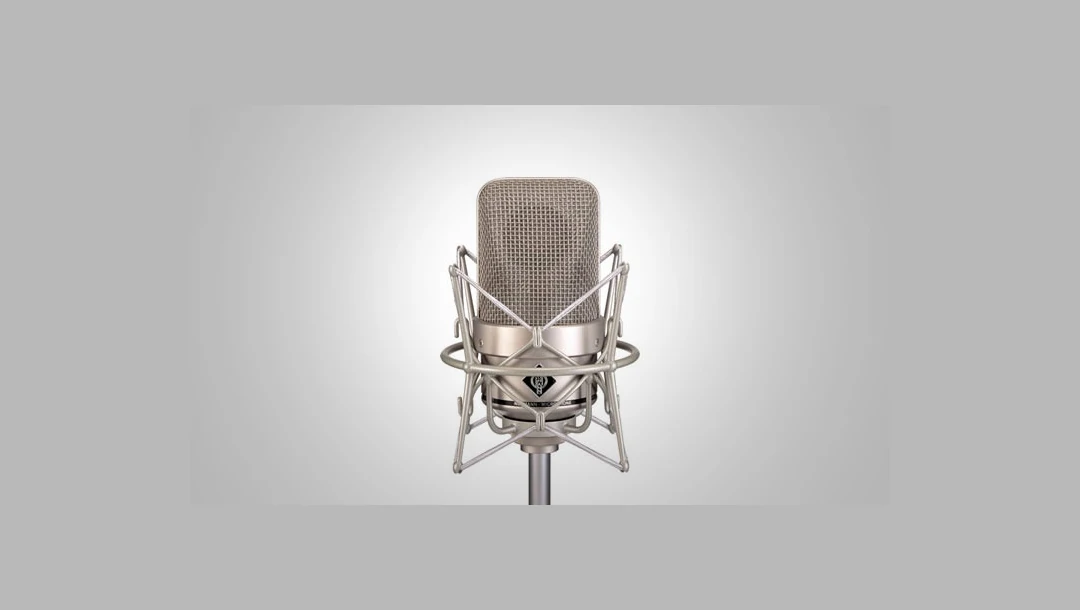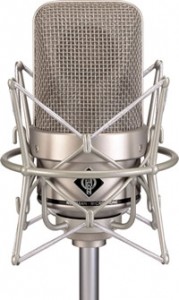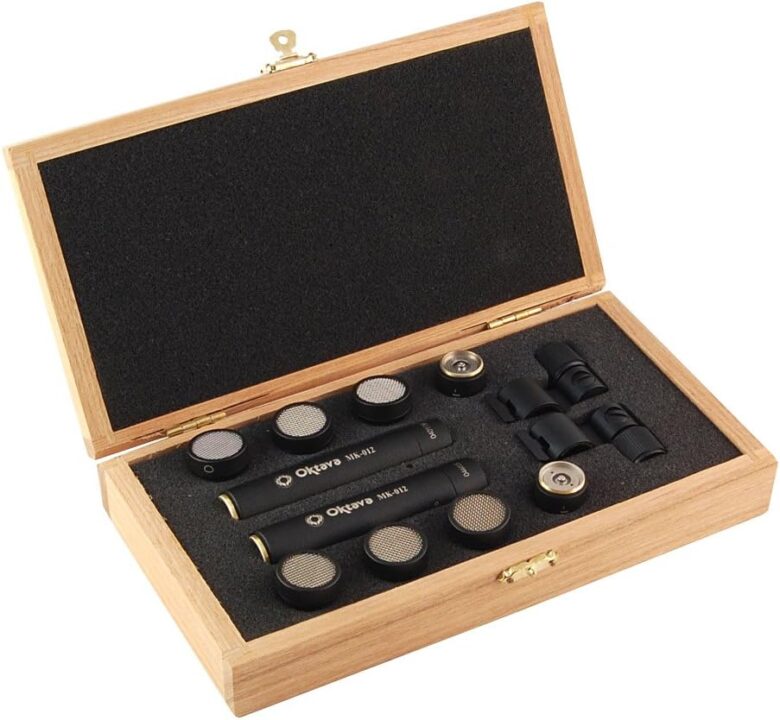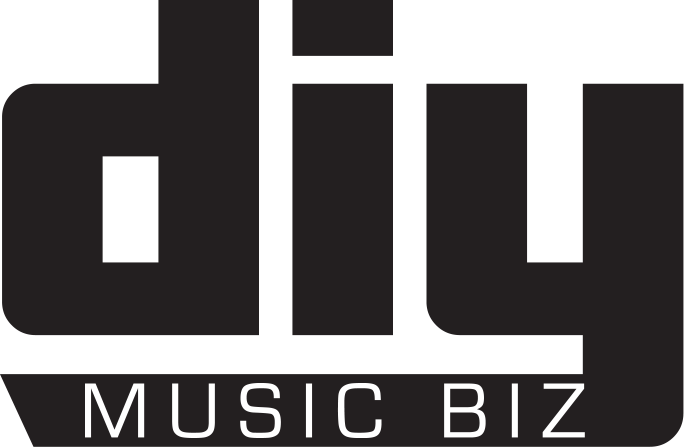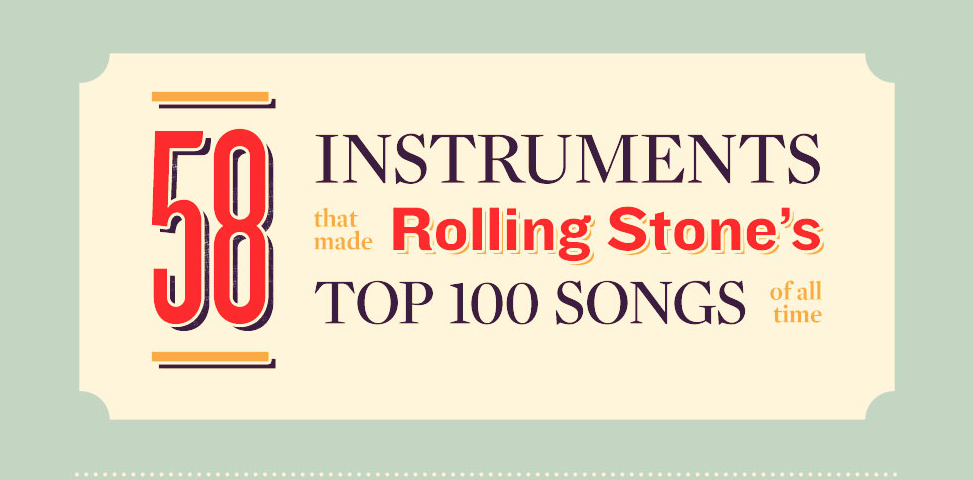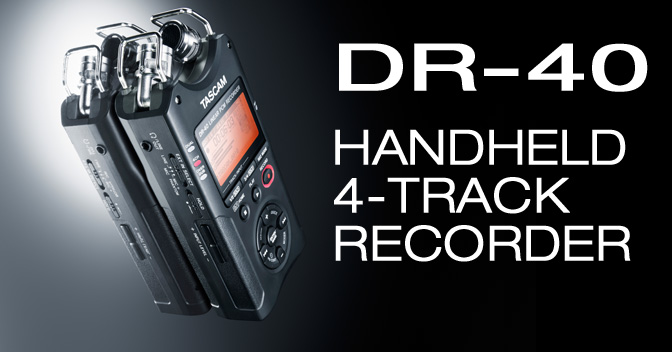If you find this Microphone Buyers Guide helpful, pass it along! Alright, let’s dive in.
Microphones come in many different colors, not visually, but sonically. Think of microphones as audio lenses. There are lenses that are good for wide-angle shots, narrow, and macro, and there are those that have a vintage look.
The same is true with microphones. There are different pickup patterns, colors, tones, etc. No mic/pattern combination works for everything.
Before buying a mic, there are a few things you need to consider. Your budget, what you plan on recording, and your current setup.
Mic Specifications: Understanding the Lingo
Having a basic understanding of the lingo is good when looking for a mic. Most people look at other studios’ gear lists or blow $1,000 on a mic without understanding what they’re buying into.
Let’s jump into some of the lingo.
Frequency Response: Meaning the range of frequencies a microphone can pick up. A microphone with a frequency response of 80hz – 15khz wouldn’t be ideal for recording a bass drum but would be good for recording vocals.
Response Curve: This is how the mic performs based on the frequency response. When you look at the curve, there will be peaks and dips in certain ranges, indicating what the mic specializes in.
For example, vocals mics may peak a little more in the high-mid range frequencies, thus giving more presence to the vocal recording.
Sound Pressure Level: On the back of the mic packaging, you’ll see this as SPL. The SPL is how quiet and loud of a signal the mic can capture and accurately reproduce. It is possible to ruin a microphone by overloading it, so pay attention to these numbers.
Understanding Mic Polar Patterns
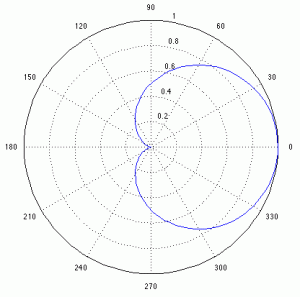 Cardioid: Mics with this pattern capture sound best when positioned directly in front of them while rejecting sounds coming from the sides and rear. This is the most popular pattern you’ll run into while shopping.
Cardioid: Mics with this pattern capture sound best when positioned directly in front of them while rejecting sounds coming from the sides and rear. This is the most popular pattern you’ll run into while shopping.
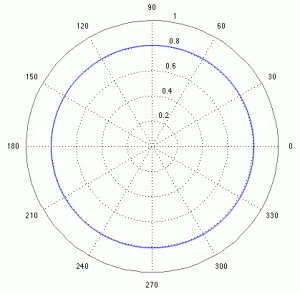 Omni: Omnidirectional mics equally capture sounds from all directions. Great for capturing room tones and ambiance.
Omni: Omnidirectional mics equally capture sounds from all directions. Great for capturing room tones and ambiance.
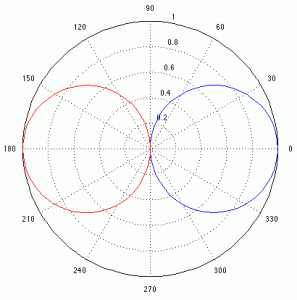 Figure 8: This pattern allows for equal capture from both the front and rear positions of the mic. Also good for capturing background and ambient sounds, much like the Omni pattern.
Figure 8: This pattern allows for equal capture from both the front and rear positions of the mic. Also good for capturing background and ambient sounds, much like the Omni pattern.
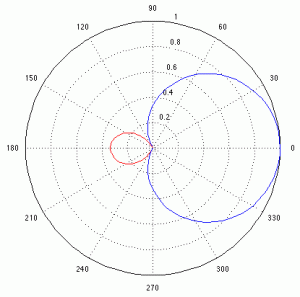 Super/Hyper Cardioid: Very similar to a cardioid mic, but more directional. It’s as if they zoom into the subject you’re pointing them at while rejecting sound from the sides.
Super/Hyper Cardioid: Very similar to a cardioid mic, but more directional. It’s as if they zoom into the subject you’re pointing them at while rejecting sound from the sides.
Also, unlike the regular cardioid, it doesn’t reject as much sound from behind, making them a little difficult to work with if you’re not used to them.
Different Type Of Microphones For Recording Studios
Dynamic Mics: Good for loud sounds and stage performances. They’re inexpensive, require no additional power, and are generally built like tanks (especially the SM58).
Dynamic mics do sound good, but they aren’t as detailed as condenser mics, so that’s one thing to keep in mind.
Shotgun Microphones: Typically hyper-cardioid and super-cardioid patterned. Excellent for voiceovers and field recording. These mics work similarly to a telescope by focusing on the sound in front of them and rejecting unwanted sounds behind and on the sides.
Condenser Microphones: Excellent for capturing detail in recordings. There was a time when condenser mics were too expensive for home studio musicians, but these days, they’re more affordable.
Side note – must be powered via phantom power
USB Microphones: Not ideal for a lot of professionals, but one can’t deny their growing popularity and ease of use. I find these microphones great for quick recording projects, podcasts, VO work, etc.
If you’re lucky to not have USB noise and you’re in an isolated area, you can lay vocals over a track with a USB microphone.
Microphone Diaphragm Sizes
Condenser microphones come in two sizes; large and small diaphragms. Both are capable of capturing great recordings, but differently.
Large Diaphragm: Lower self-noise, high sensitivity, lower dynamic range, a narrow frequency range, and they produce an overall bigger, warmer, and fuller sound.
Small Diaphragm: Higher self-noise, low sensitivity, and higher dynamic range. Where it shines is recording sounds with sharp transients, but depending on the mic can sound great on vocals.
Why Does All This Matter?
The more you understand about mics, the better decisions you’ll make when shopping for a microphone, and ultimately the better your recordings will be when using them. Too often, I see people with a budget of $1000, and they spend most of it on a microphone.
I’m not saying the microphone isn’t worth the price, but it is worthless in the hands of someone who doesn’t understand it or have the proper gear to get the most out of it.
What You’re Recording Matters: Vocals, Instruments, Dogs…
If you’re recording ambiance, you’d want to use an Omni-patterned microphone. If you’re recording sounds with sharp transients, you’d use a small diaphragm condenser microphone.
If you’re recording VO, you could use a small condenser mic, but a large diaphragm could be better. Sometimes neither will be fit for the job, and you’ll need a shotgun mic.
Don’t get caught up in the more money = better quality. A good preamp with a decent mic will be a better investment than a cheap preamp (or interface) and a really expensive mic.
Here’s a good example, you purchase a C800 ($10,000 mic) and use it with a cheap, noisy preamp. That’s going to suck… a lot!
Rode, Audio Technica, AKG…Do Microphone Brands Matter?
To an extent. Some brands are known for making great-sounding equipment others are known for just the opposite. Then you have brands that are known for creating quality gear at cheap prices.
This is where your budget and time come into play. Some brands make great-sounding microphones by mistake because there’s no quality control. If you’re willing to purchase, test, and exchange until you get a good model, it might be worth your time.
This happened to me with a Behringer condenser mic. It had a sound extremely close to U87. So, I purchased 5 more, and to my surprise, they all sound different – lack of quality control.
The same happened with a small condenser mic I purchased from MXL. It had a really good sound to it, very close to my friend’s Rode NT5 at a fraction of the cost. Again, purchased more, and this time, they all sound good.
Quick List Of: Good Quality Affordable Large Diaphragm Condenser Microphones
1. AT2020 Condenser Microphone
Step into a world where your voice takes center stage with the AT2020 Condenser Microphone. Crafted for those who refuse to settle, this microphone is your passport to audio excellence.
Key AT2020 Features
- Frequency Response: 20Hz to 20kHz – From rumbling lows to crystal-clear highs, capture the full audio spectrum.
- Polar Pattern: Captures its strongest signal from the front of the mic.
- Sensitivity: -37 dB – Every whisper, every emotion, captured with unmatched clarity.
- Dynamic Range: Built for versatility, it’s ready to record the softest notes or the most powerful chords.
Why Go With The AT2020?
- Cardioid Pattern: Focuses on the direct sound source (front of the mic) and reduces background noise.
- Durability: A rugged exterior that promises longevity if cared for.
- Affordability: The AT2020 is an excellent budget large condenser mic. Better than many mics 2-3 times its price.
AT2020 is good for:
🎵 Voice-overs and hip-hop/Rnb, Pop Vocals (male/female)
🎙 Recording Podcast episodes
🎮 Live Streaming your video gaming sessions
2. Behringer B2: Nuemann u87 Knock Off?
I will always love the Behringer B2, it was my first condenser microphone. I remember taking it to a recording studio session where the engineer was amazed by its sound. We end up doing a shootout with it and a u87. To our surprise, it didn’t sound too much different than the Neumann at a fraction of the price.
Key B2 Features
- Transducer Type: Condenser, 1″ dual-diaphragm for transparent sound
- Polar Patterns: Cardioid, Omnidirectional, and Figure Eight for versatile recording
- Frequency Response: 20 Hz – 20 kHz captures a complete audio range
- Max SPL: Up to 149 dB handles powerful audio without distortion
- Connection: Gold-plated balanced XLR for clear signal transmission
Why Choose the Behringer B2?
- Precision: Captures sound with authenticity
- Durability: Built with a rugged, nickel-plated brass body
- Affordability: Includes carrying case, suspension mount, and windscreen without breaking the bank
Ideal for
🎵 Vocal recordings with depth.
🎸 Instruments
🎙 Foley recordings
🎧 Podcast dialog
3. SE Electronics X1-A
The SE Electronics X1-A is handmade and designed for those who demand excellence without breaking the bank.
Key X1-A Features:
- Cardioid Pattern: Picks up sound that is in front of it
- Wide Frequency Response: Captures detailed audio across a broad spectrum
- Switchable Attenuation Pad: Stops loud audio sources from distorting
- Integrated Windscreen: Keeps unwanted wind noise and plosives to a minimum, beneficial for quality, clean recordings
Why the SE Electronics X1-A?
- Clarity: Delivers a transparent sound that captures every nuance
- Versatility: Great for recording instruments, vocals, and live streaming
- Durability: Very well built and engineered. It will last a long time if cared for
- Affordability: The X1-A is an excellent budget large condenser mic. Better than many mics 2-3 times its price
Whether you’re:
🎵 Laying down vocal tracks
🎙 Conducting an interview for your podcast
🎸 Recording acoustic instruments
Great Sounding Small Diaphragm Microphones
1. MXL 603s Microphone
MXL’s 603s are the best bang for the buck and have been for many years. This is due to their affordable price and overall sound quality. I don’t know of a recording studio that doesn’t have at least 1 pair of 603s in their mic locker.

MXL 603 Sound Quality
The 603 is clear sounding, making it great for recordings where details need to be captured.
- Drum Overheads
- Guitars
- Piano
- Strings
Sometimes you can find them super cheap –>$50-$60) per mic. I suggest getting a stereo pair along with a stereo bar. It will help with AB and XY recordings.
Versatility
The 603s can record anything from musical instruments to foley and found sound. It works wonders for field recording in controlled environments (good for sound fx). You can also purchase interchangeable capsules for the mics, making them more versatile in how they capture sound.
MXL 603s Technical Specifications:
Type: Pencil condenser microphone
Polar Pattern: Cardioid
Frequency Response: Typically 30Hz – 20kHz
Sensitivity: 10mV/Pa
Impedance: 150 ohms
Max SPL: 137 dB (for 0.5% THD)
Signal-to-Noise Ratio: 78 dB
Power Requirements: Phantom Power 48V ±4V
Size: Small diaphragm
Weight: Approximately 100g
2. Oktava Mk12 Pencil Mic
The Oktava MK-012 stands out from most SDCs due to its sound and amazing versatility with its interchangeable capsules.
- Cardioid
- Hypercardioid
- Omni-directional
These options allow you to capture everything from vocals and instruments to dialog for film and ambient nuances.
Some in the film and sound design world refer to the Oktava as a poor man’s Scheps.
Oktava Sound Character
The MK-012 is described as having a smooth and natural sound profile, capturing the nuances of the audio source but a little dark/warm sounding.
Build Quality
Excellent build quality coming in Black or Silver finish. They are made very well and don’t feel cheap like other mics in their class.
- What Instruments To Record With the MK12?
- Acoustic Guitars: Captures the rich tones and nuances.
- Grand Pianos: Ideal for capturing depth and resonance. Good up close or overhead
- Strings: Really picks up the warmth and body of string instruments.
- Wind Instruments: Delivers a clear representation of flutes, clarinets, and other woodwinds. Again, a little dark/ warm sounding
- Drums: Favored on overheads, capturing the full drumset without the annoying splashing/clashy sounds
Oktava MK-012 Microphone: Technical Specifications
Mic Type: Small diaphragm condenser
Polar Pattern: Cardioid, Hypercardioid, Omnidirectional
Frequency Response: 20-20000Hz
Phantom Voltage Required: 48 ± 2V
Full Impedance: Less than 300 ohms
Weighted SPL (ref. DIN 45412): 18 dBA
Maximum SPL: 130 dB
Free Field Sensitivity: 10 mV/Pa
Roll Off (40Hz to 20KHz): ± 3 dB
Weight (with 3 capsules and pad): 200 gr
Length: 128 mm
Max Diameter/Width: 23 mm
More Infomation and customer reviews can be found here
Affordable Shotgun Microphones
1. Rode NTG1: Capture Sound with Precision
The Rode NTG1 is a shotgun microphone designed primarily for broadcast applications but can be used for film, television, video game, and voice-over work.
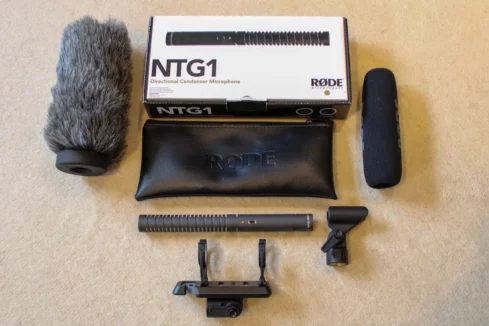
The microphone offers a balanced low-noise output, ensuring consistent audio quality in various recording environments, from controlled studios to outdoor settings.
Key Rode NTG1 Features:
- Directional Sound: The NTG1 is a shotgun microphone, ensuring that it captures sound from the direction it’s pointed at, minimizing ambient noise.
- Frequency Range: It boasts a wide frequency range, ensuring that every nuance of sound is captured.
- Compact Design: Its sleek and lightweight design makes it easy to handle and position, whether on a boom pole or camera.
Why Use The Rode NTG1?
- Clarity: The NTG1 is known for its clear sound reproduction, making sure that what you record is what you hear.
- Versatility: Whether you’re filming outdoors or recording a voiceover indoors, the NTG1 adapts to various environments.
- Durability: Built to last, the NTG1 promises consistent performance over time.
Use Cases:
🎥 On-location filming: Capture ambient sounds or dialogues with clarity
🎙 Voiceovers: Good vocal clarity, low self-noise
📺 Broadcasting: overall, it offers clear and crisp sound.
USB Microphones
ATR2100 USB: This mic made it on my list because it’s a USB mic that can be powered via USB and 48v meaning it has an XLR input. I like it mic because of the sound quality, it’s very similar to the rode podcaster, and it’s under $60.
Setting Up a Condenser Microphone: Essential Checklist
1. Condenser Microphone: The primary tool for capturing high-quality audio.
2. XLR Cable: These are needed to connect your microphone to your audio interface or dedicated mic preamp.
3. Audio Interface: Powers the microphone with Phantom Power (usually 48v). Then transforms the microphone’s analog signal into a digital format for computers.
4. Microphone Stand: Holds microphone so the recording artist or audiobook talent doesn’t have to.
5. Pop Filter: Helps reduce plosives sounds (like “p” and “b”). This results in cleaner audio recording.
6. Shock Mount: Stabilizes the microphone onto the mic stand, eliminating handling noises.
7. Headphones: Enables real-time monitoring for the talent and prevents music bleed, ensuring clean and clear vocal recordings.
8. Recording Software (DAW): DAWs capture audio signals from microphones and provide tools for sequencing, arranging, and mixing music.
9. Acoustic Treatment: Optional but recommended. Foam panels, bass traps, and diffusers improve room acoustics.
10. Phantom Power: If your interface doesn’t provide it, you’ll need a separate phantom power supply for the microphone.
11. Computer: The brain of a studio. It allows you to run DAWs, Plugins needed to record, arrange, mix, and store your recordings.
Conclusion
There are a lot of sites that offer great reviews on microphones, so do a little research. You can also rent time in a studio… One or two hours would be adequate time to test out different types of microphones.
There are also services out there that will allow you to rent music gear for dirt cheap. From there, you can again test and decide if the mic is something you want long-term.

